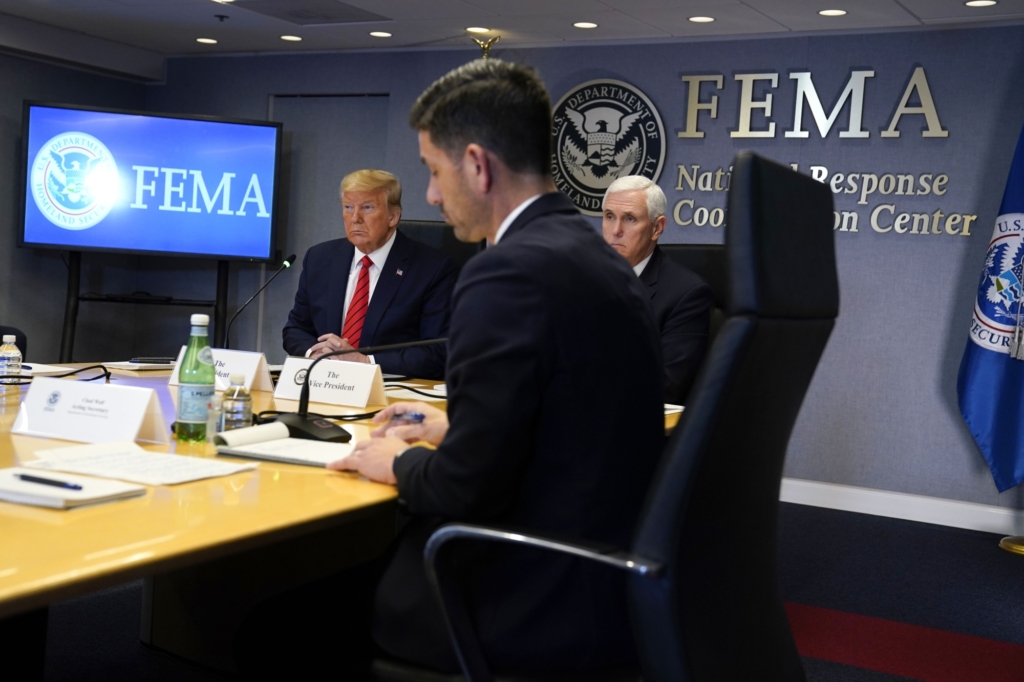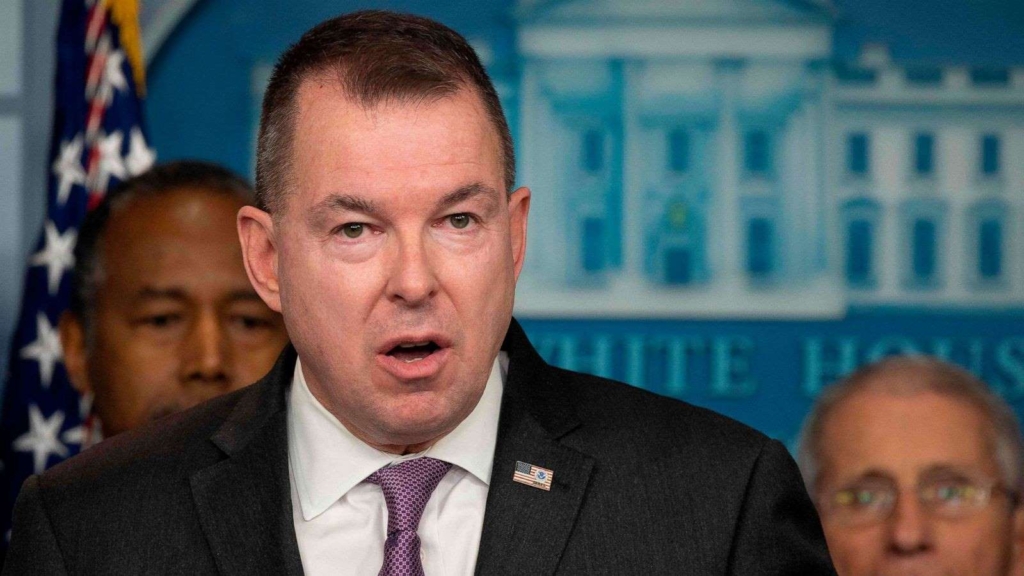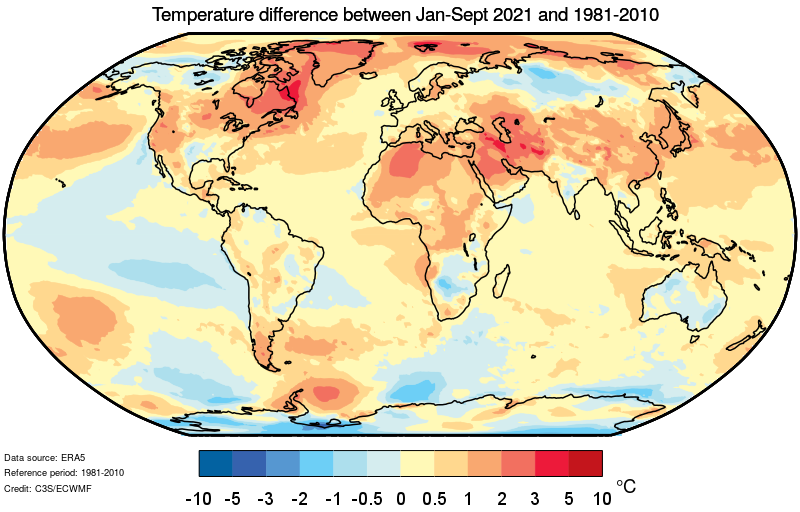Coronavirus, climate change could stretch FEMA past its limit – “All the other hazards we have in the U.S. will not go away and will only complicate the task of responding to the coronavirus”

By Leslie Kaufman and Brian K. Sullivan
22 March 2020
(Bloomberg) – It wasn’t until Wednesday, five days after President Donald Trump declared a national emergency, that the Federal Emergency Management Agency announced it was “leading the federal coordination” to the Covid-19 pandemic in the U.S.
While the disaster-response agency is better known for its work in the aftermath of storms than disease outbreaks, it is the part of the federal government often charged with procuring supplies quickly. The decision to activate FEMA to its highest state, Level 1, didn’t surprise James Kendra, who directs the Disaster Research Center at the University of Delaware. But Kendra did wonder if FEMA could possibly handle both a once-in-a-lifetime public health crisis and the upcoming spring flood season. The National Weather Service warned this week that flooding could affect 128 million Americans this year.
They presently have about 600 declared federal disasters, both major and minor, where they are still assisting with long-term recovery. They have 2,000 people still in Puerto Rico.
Chris Currie, GAO director in charge of reviewing emergency-management services.
“FEMA is stretched,” he said. “All the other hazards we have in the U.S. will not go away and will only complicate the task of responding to the coronavirus.”
Problems at the agency have been mounting for years in the face of record-breaking storms, wildfires and floods that have revealed widening gaps in its abilities. A series of reports from the federal government’s General Accounting Office has shown the agency to be consistently understaffed. FEMA’s own after-action report in the wake of the 2017 hurricane season found that it had missed an internal target for what the agency calls “force strength,” the number of staff trained and ready for deployment. The goal was to have around 12,400 personnel ready, and FEMA’s ranks at the time had fallen short by more than 1,700 people.
FEMA officials reject the idea that the agency isn’t ready. In an interview, a FEMA spokesperson said the agency’s “incident management workforce” had grown by more than 25% since Hurricane Harvey in 2017. “Additionally, FEMA hired more than 1,500 temporary local hires to support response and recovery missions in their communities,” said the spokesperson, who asked to be unnamed as a matter of departmental policy.

By its own count, however, FEMA remains below its 2017 target for force strength. There are now around 11,000 personnel at the ready, FEMA said, about 1,400 short. Right now, the spokesperson said, only 35% of its employees are currently available to deploy, although more could be freed up as necessary.
The consequences of missing staffing targets became apparent after the particularly severe storm season of 2017. That was the year Hurricane Maria devastated Puerto Rico and caused 2,975 deaths, according to a study by the George Washington University Milken Institute School of Public Health. FEMA proved unprepared in both supplies and personnel. The after-action report released by FEMA the following year acknowledged that the agency had “placed staff in positions beyond their experiences and, in some instance, beyond their capabilities.”

FEMA’s preparedness now will depend on whether or not it needs to deploy large numbers of personnel to states to manage the Covid-19 crisis, said Chris Currie, GAO’s director in charge of reviewing emergency-management services. FEMA has the ability to do surge staffing—pulling in workers from other federal agencies and expanding its ranks through contractors—but it’s not yet clear if that will be used.
Regardless, Currie said it would be challenging for FEMA to balance all the new work from the pandemic with its already heavy load. “They presently have about 600 declared federal disasters, both major and minor, where they are still assisting with long-term recovery,” he said. “They have 2,000 people still in Puerto Rico.” [more]
Coronavirus, climate change could stretch FEMA past its limit

